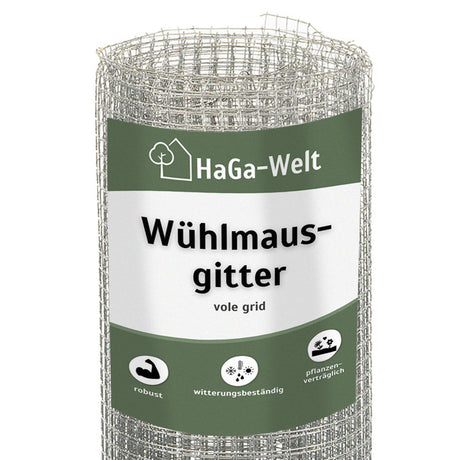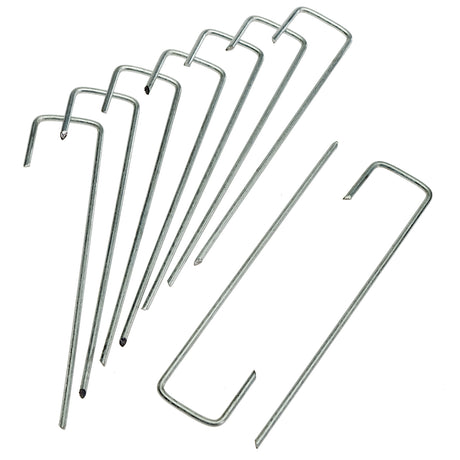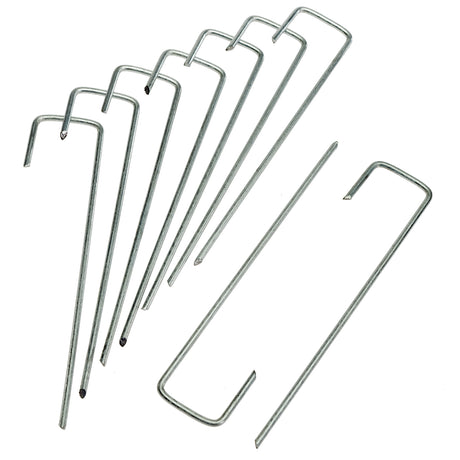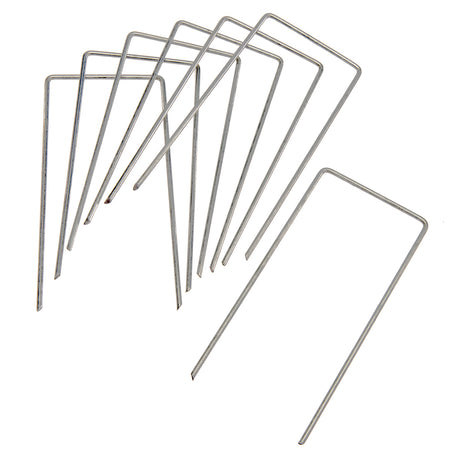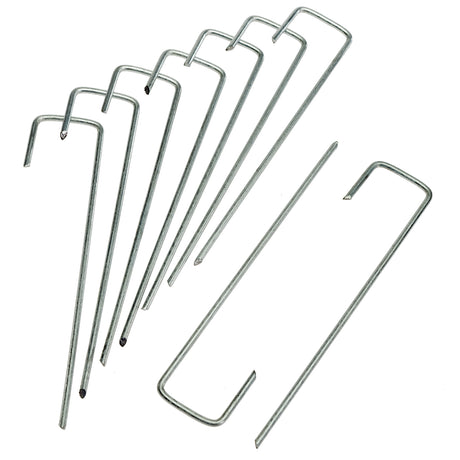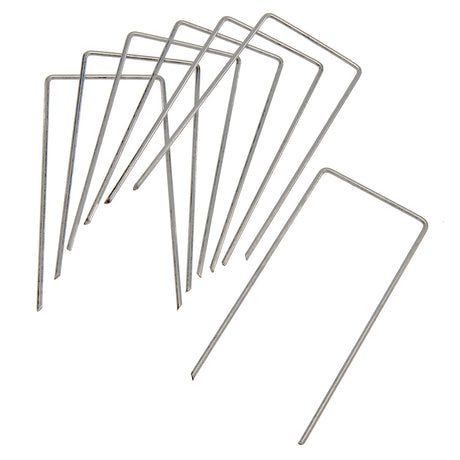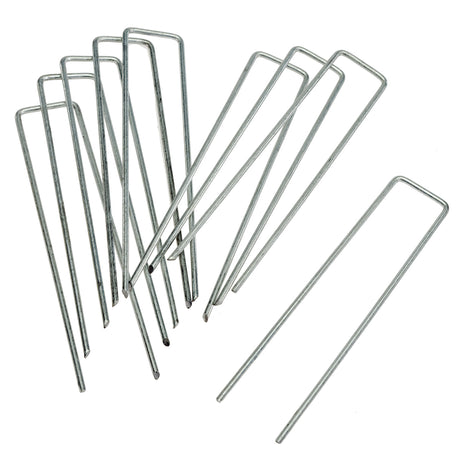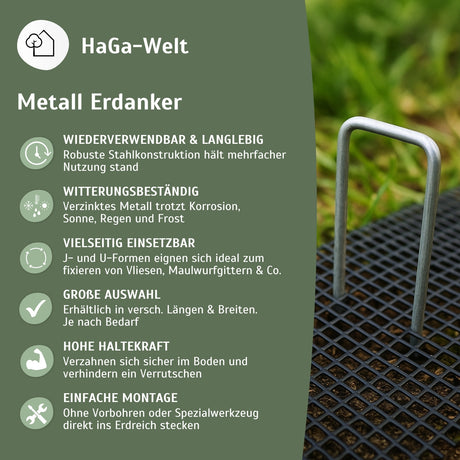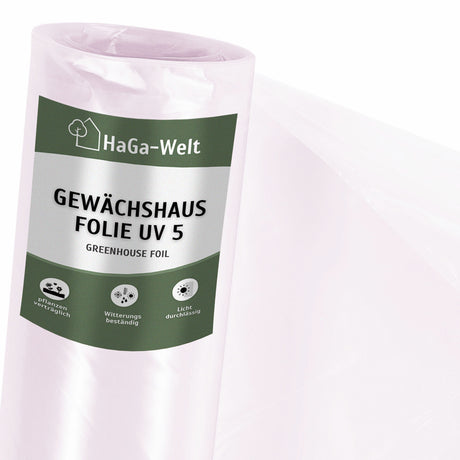A raised bed is not only a visual highlight in the garden, but also practical: It allows for back-friendly gardening, provides optimal growing conditions, and extends the gardening season. But which materials are suitable? How large and high should a raised bed be? And how do you best protect it? Here you'll find out everything you need to know!
Materials: wood, pallets, metal or stone?
Wood
Natural, easy to work with, and visually appealing: the raised bed made of wood . Larch or Douglas fir are particularly durable.
Assembly instructions:
- Cut wooden slats to the desired size.
- Connect the side panels with screws and brackets to ensure stability.
- Apply a bubble wrap inside to protect the wood from moisture and extend its lifespan.
- Secure the raised bed with a vole screen at the bottom to keep pests away.
- Fill with different layers (branches, leaves, compost, soil) to ensure good drainage and nutrient supply.
pallets
An affordable and sustainable option that exudes rustic charm.
Assembly instructions:
- Place four Euro pallets in a rectangular or square raised bed.
- Connect the pallets with screws or metal brackets to create a stable structure.
- Line the inside with pond liner or bubble wrap to protect the wood from moisture.
- Cover the floor with a vole screen to keep out unwanted rodents.
- Fill with several layers of organic materials and top with garden soil.

metal
Modern, durable, and weatherproof. Corten steel forms a protective rust layer that makes the flower bed even more stable.
Assembly instructions:
- Cut prefabricated metal panels to the desired height.
- Connect the panels to form a frame using screws or rivets.
- If necessary, install insulation with coconut matting or foil to minimize temperature fluctuations.
- Secure the floor with a vole grid.
- Fill the raised bed with a layer of branches, leaves, compost and soil.
Stone
Solid and extremely durable, raised beds made of natural stone or concrete offer excellent heat retention.
Assembly instructions:
- Prepare the soil and add a layer of gravel or sand for drainage.
- Set the first row of stones with mortar or using the drywall method.
- Build the walls layer by layer and anchor them well.
- Line the interior with foil or coconut matting to keep moisture in the soil.
- Fill the raised bed with several layers of organic matter.

The right size for your raised bed
The area size depends on the use:
- Raised herb bed: Smaller areas of 80x80 cm to 100x100 cm are often sufficient to grow various herbs.
- Raised vegetable bed: For growing vegetables, 120–200 cm in length and 80–100 cm in width are ideal to create enough growing space.
- Strawberry raised bed: Strawberries prefer a larger, flat area, so 150–200 cm long and 100 cm wide are recommended.
The right height for your raised bed
The optimal height is between 80 and 100 cm, allowing you to work comfortably. Depending on the intended use, lower raised beds of 40 to 50 cm may also be suitable, for example, for herbs or small vegetables. You can learn how to properly fill and plant raised beds in our blog post on filling raised beds .
Additional materials for protection and durability
To ensure your raised bed lasts a long time, the following materials are recommended:
- Bubble wrap or pond liner: Films protect wooden raised beds from moisture from the inside and extend their lifespan.

- Coconut mat or foil covering: Insulates the bed and prevents the soil from drying out.
- Vole screen: A must-have for the bottom of your raised bed! Vole screens prevent voracious rodents from reaching the roots of your plants.

Conclusion: A raised bed is worth it!
Whether made of wood, pallets, metal, or stone, a raised bed is a valuable addition to your garden. With the right height, a thoughtful choice of materials, and sensible protective measures, you can ensure years of enjoyment from your raised bed. So, get to work and good luck building your raised bed!

